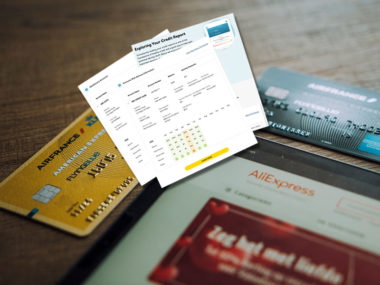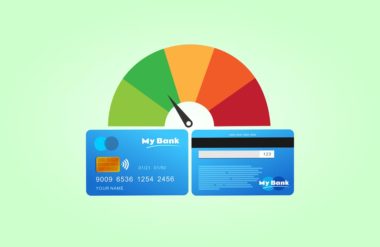The Federal Reserve found that between 2017 and 2018, 42% of all students who attended college acquired student loans. However, younger students lacking credit history, or those with a troubled financial past, may have difficulty getting approved for student loans on their own.
Getting a cosigner who has a strong credit history is a great option for those who can’t get loans on their own to pay for school. Cosigners are equally responsible for the repayment of the loan until the loan is paid off, or if the loan receiver goes into default.
However, as the loan receiver, you might not need, or want, a cosigner for the entire life of your loan. When it’s time for the cosigner to be removed from student loans you can apply for cosigner release. Cosigner release removes all responsibility from the cosigner, and can be applied for through your lender. Below is everything you need to know about how to remove a cosigner from your student loans.
Table of Contents
Cosigner Release
A cosigner release form is the easiest way to remove a cosigner from your loan. Many student loan financers offer cosigner release, but not all of them, so make sure you check your options with your lender. In order to be eligible for cosigner release, the loans in question will have to meet several requirements:
- The recipient must have graduated. Cosigner release is typically only available after graduation, so it’s important for you and your cosigner to know that cosigning a student loan can be a long-term commitment.
- A certain number of payments must be met. This requirement can range anywhere from 12 months to three years. Your lender can tell you the minimum consecutive payments you will need to meet in order to apply for cosigner release.
- The loan recipient must have a good credit score. Once a cosigner is released from a loan, it’s up to the former student to pay it off completely on their own. However, since the lender still wants their money back, they’re not going to release the cosigner unless the loan recipient is a strong candidate for repayment. The loan recipient should focus on building their credit score before applying for cosigner release.
Once you’ve met these requirements, and any others set by your lender, you can apply for a cosigner release form.
Preparing Your Application
Once you meet all of the requirements, it’s time to get your paperwork in order for student loan cosigner release. Since each loan provider will have different release procedures, they’ll each have an individually tailored application process.
For some, there will be an application form — Sallie Mae’s application form is a great standard example. Other lenders may expect you to get the ball rolling on your own. If your loan provider doesn’t have a clear process towards cosigner release, you’ll need to write them a letter stating your intentions and reasoning for requesting a cosigner release.
Alternative Ways to Remove a Cosigner From Your Student Loans
If you aren’t eligible for cosigner release or your lender doesn’t offer it, there are still ways that you can remove a cosigner from your loans.
Student Loan Refinancing
Refinancing your student loans is a creative way to get a cosigner removed. When you refinance your loans, you combine them all into one new loan. This new loan is being created from scratch, including a new interest rate and repayment terms, so it’s the perfect time for a cosigner to get out; they can simply refrain from cosigning on this new loan.
Student Loan Consolidation
Student loan consolidation is a lot like student loan refinancing, except you don’t get as much leeway on the new terms. Just like with student loan refinancing, you get to convert all of your student loans into one big loan. However, the interest rate of this new loan is determined by averaging the interest rates on your previous loans.
The interest rate for your consolidated loan is important for the overall outlook when it comes to paying off student loans, but it’s not so important for student loan cosigner release. When you consolidate your loans into a single new loan, your cosigner, just like with refinancing, can refrain from cosigning on this new loan.
Having a cosigner for student loans can be valuable early on in a student’s educational career. However, that doesn’t mean that the cosigner has to be stuck with the loan forever. You can pursue cosigner release when circumstances change, and it’s time to step out on your own.
Image Source: https://depositphotos.com/





